Enhancing Field Workforce Productivity with 4G UHF Two-Way Radios
Introduction
in industries like logistics, construction, utilities, and public safety, seamless communication is critical for operational efficiency. Traditional two-way radios have long been the backbone of field communication, but the integration of 4G LTE and UHF (Ultra High Frequency) technology is revolutionizing how teams collaborate.
A 4G UHF handheld terminal combines the reliability of UHF radio with the advanced connectivity of 4G networks, offering real-time data sharing, GPS tracking, and crystal-clear voice communication—all in a rugged, portable device.
This blog explores how 4G UHF two-way radios enhance workforce productivity, reduce downtime, and improve safety in demanding work environments.
1. The Limitations of Traditional Two-Way Radios
Before diving into the benefits of 4G UHF radios, it’s important to understand the challenges of conventional two-way radios:
- Limited Range – UHF radios work well in line-of-sight conditions but struggle in urban or remote areas without repeaters.
- No Data Transmission – Traditional radios only support voice, forcing workers to rely on separate devices for data tasks.
- No GPS Tracking – Supervisors cannot monitor field teams in real time, leading to inefficiencies in dispatching.
- Poor Interoperability – Different departments or contractors may use incompatible radio systems, hindering coordination.
These limitations create bottlenecks in fast-paced industries where real-time communication is crucial.
2. How 4G UHF Handheld Terminals Improve Productivit
2.1. Seamless Voice & Data Communication
Unlike traditional radios, 4G UHF handheld terminals support both instant push-to-talk (PTT) voice and high-speed data transmission. This means:
- Workers can send text messages, images, or work orders without switching devices.
- Cloud-based dispatching ensures faster task assignments and updates.
- Integration with enterprise software (ERP, CRM, WMS) streamlines workflows.
2.2. Extended Coverage with 4G LTE + UHF
- UHF Radio: Ideal for short-range, on-site communication (e.g., warehouses, construction sites).
- 4G LTE: Provides nationwide or even global connectivity when workers are outside UHF range.
- Hybrid Mode: Automatically switches between UHF and 4G for uninterrupted communication.
2.3. Real-Time GPS Tracking & Geofencing
- Supervisors can track field teams on a digital map, optimizing route planning.
- Geofencing alerts notify managers if workers enter restricted zones (e.g., hazardous areas).
- Emergency SOS features enhance worker safety in high-risk environments.
2.4. Rugged & Long-Lasting Design
- IP67-rated for dust and water resistance.
- Long battery life(up to 12-24 hours) with optional extended batteries.
3. Industry-Specific Applications
3.1. Logistics & Warehousing
- Forklift operators can communicate with warehouse managers while scanning barcodes.
- Delivery drivers use 4G when outside the depot’s UHF range.
3.2. Construction & Utilities
- supervisors coordinate teams across large projects with GPS tracking.
- Power line technicians receive real-time updates without returning to base.
3.3. Public Safety & Security
- Police & security teams use encrypted PTT for secure communication.
- Emergency responders maintain contact even in areas with poor radio coverage.
4. Choosing the Right 4G UHF Handheld Terminal
When selecting a device, consider:
✔ Dual-mode (UHF + 4G) capability
✔ Battery life & charging options
✔ Compatibility with existing radio systems
✔ Software integrations (dispatch, asset tracking)
Popular models include:
1)Motorola TLK 100
2)Hytera PNC560
3)Zebra TC57
5. The Future of Field Communication
As industries adopt IoT and 5G, future handheld terminals will likely include:
- AI-powered voice recognition for hands-free operation.
- Augmented Reality (AR) support for remote assistance.
- Advanced analytics to optimize workforce efficiency.
Conclusion
4G UHF handheld terminals bridge the gap between traditional two-way radios and modern smart devices, offering real-time communication, GPS tracking, and rugged reliability. For businesses looking to enhance field productivity, improve safety, and reduce operational delays, upgrading to a 4G UHF two-way radio is a smart investment.
Is your team still relying on outdated radios? Now is the time to upgrade!
No comments







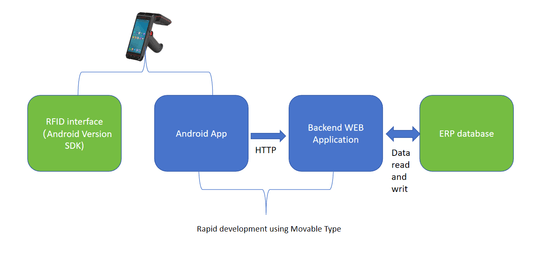
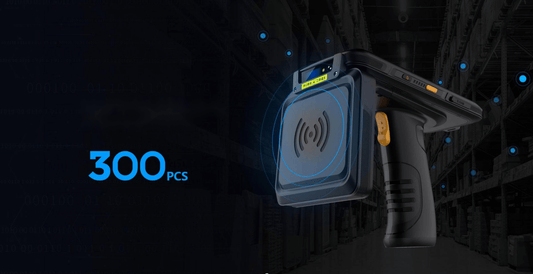

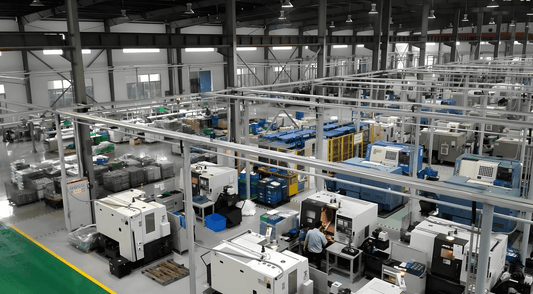
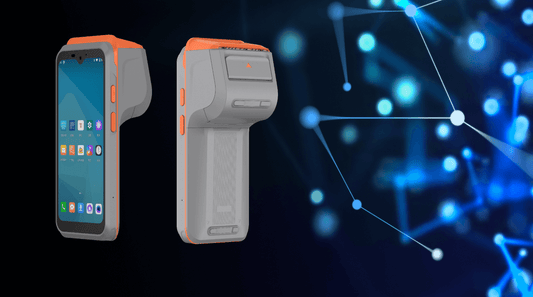
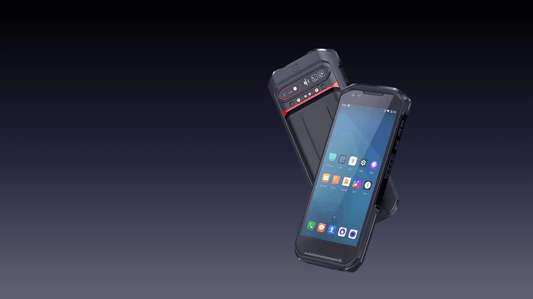
0 comments